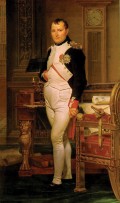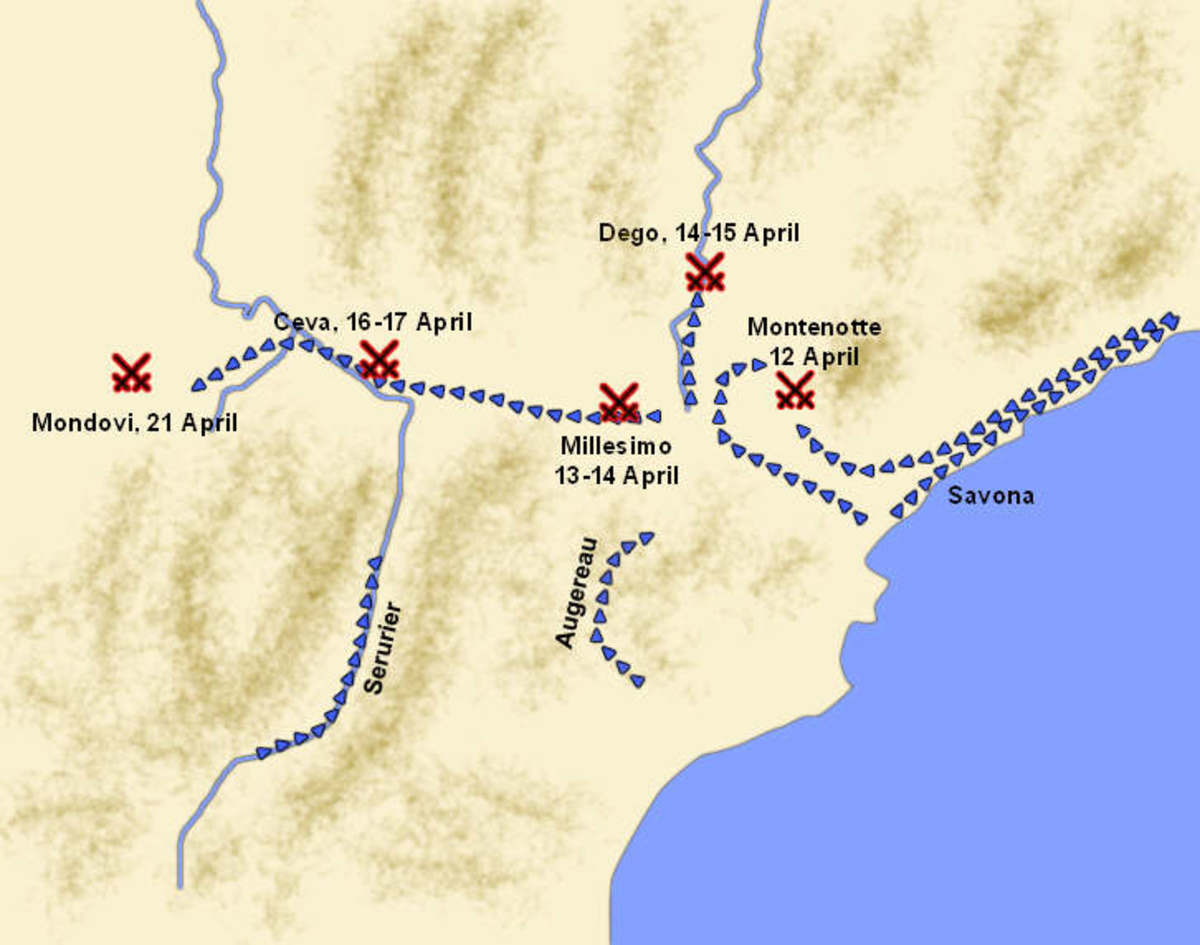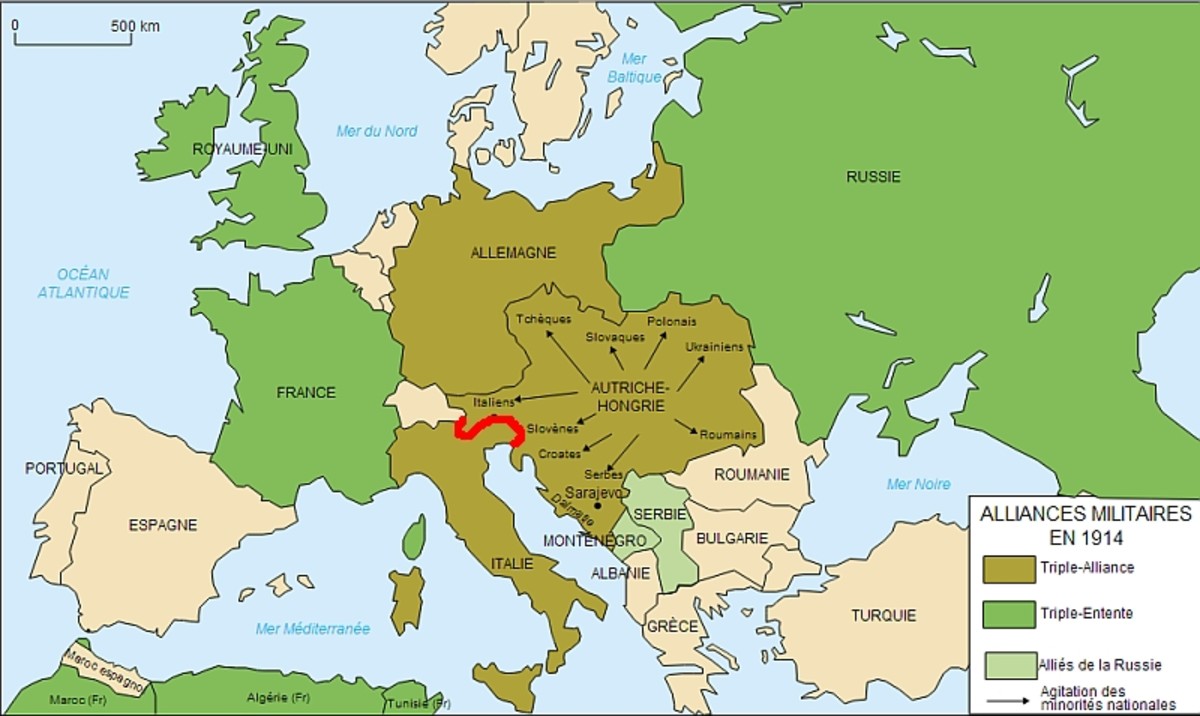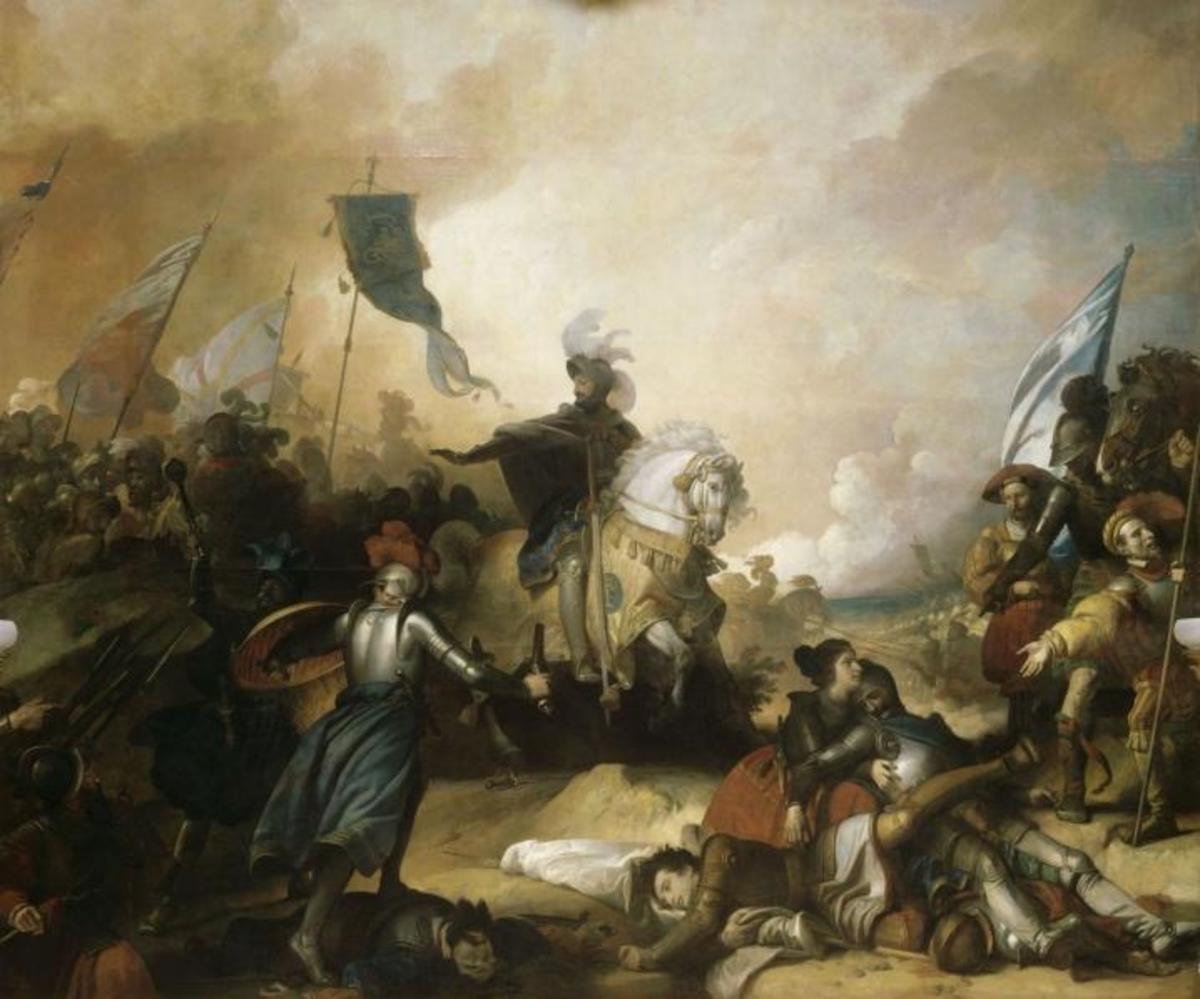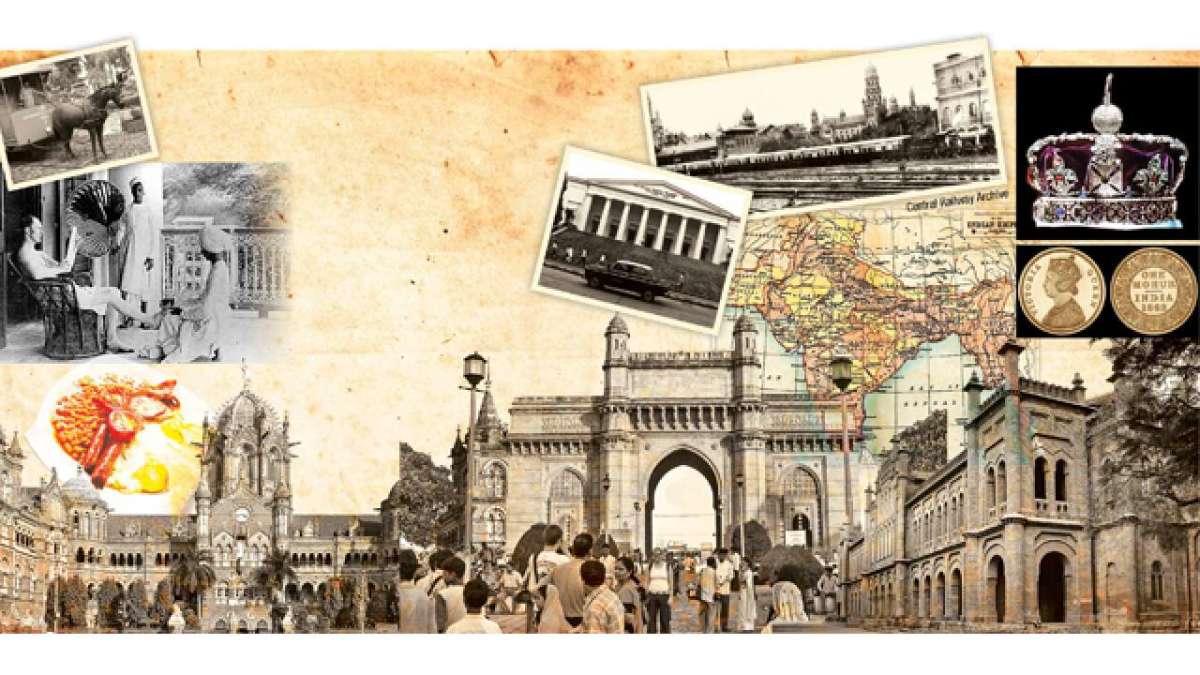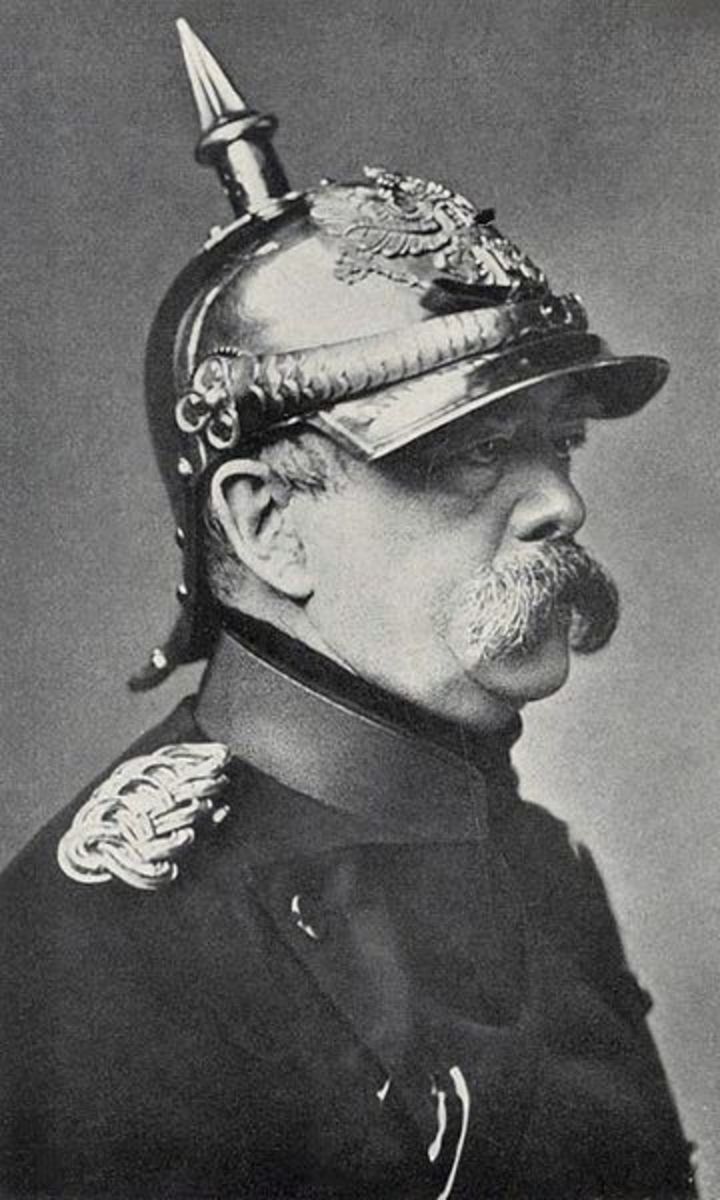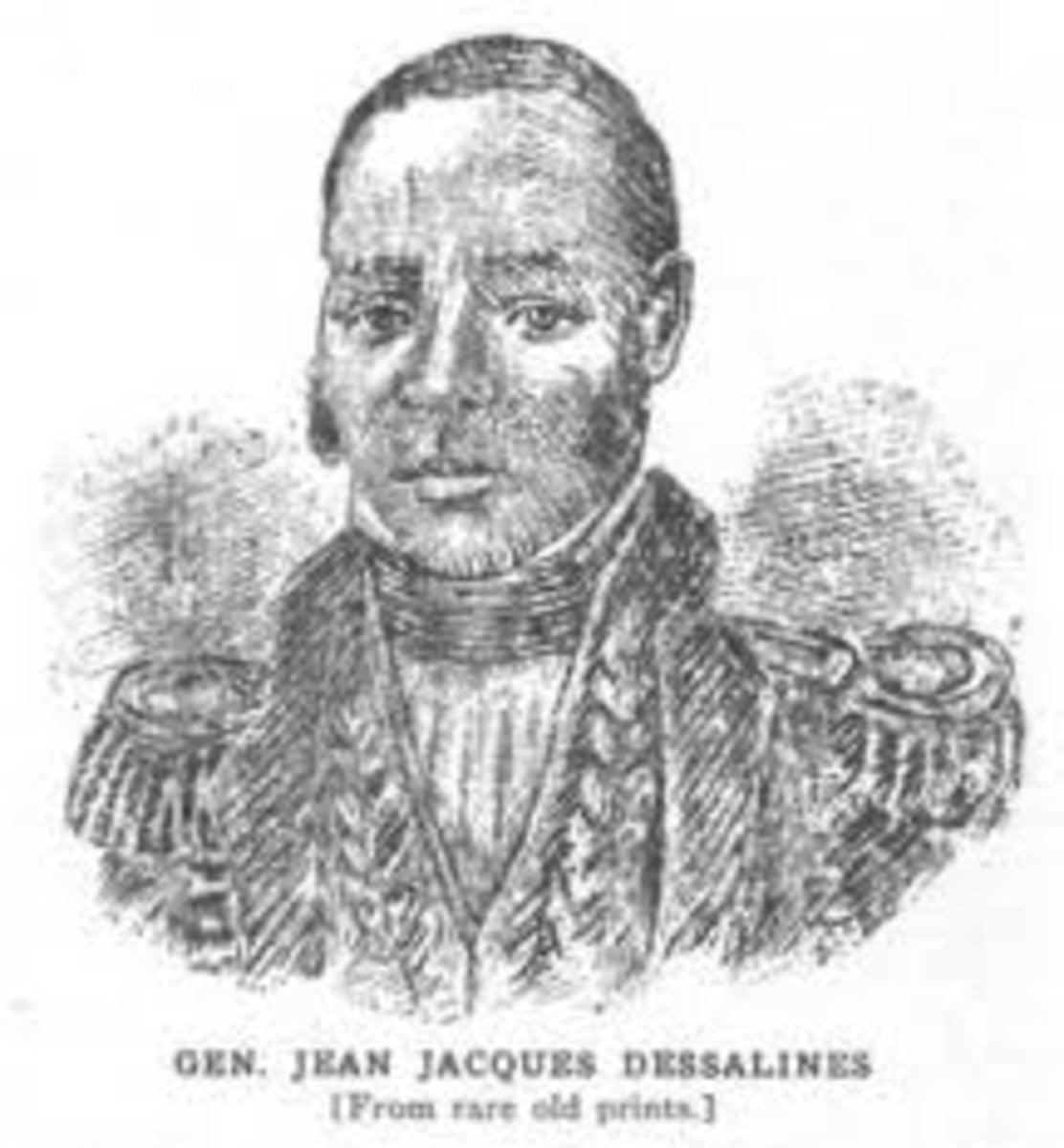Wars Of Italian Unification: 1815-1860
Italian Unification In Brief
Background
Since the fall of the Western Roman Empire in the 5th Century AD, Italy had consisted of a series of rival kingdoms and city states fought over and often controlled by foreign powers, notably Spain and Austria.
In 1796 Napoleon Bonaparte's French army invaded northern Italy to drive out the Austrians. French rule was established over the Northwest and centre of the country while the rest was rearranged into the Kingdoms of Italy in the north and Sicily in the south. Napoleon's failure to reunite Italy led patriots to form secret societies, such as the Carbonari, to fight for unity.
After Napoleon's defeat in 1815, the pre-war rulers and borders of Italy were restored, but with Austria now ruling a combined Lombardy-Venetia Kingdom in the north and controlling three small duchies in the centre. The restoration led to uprisings in Naples in 1820, Piedmont and Palermo in 1821, and Modena and the Papal States in 1831; all of them were crushed.
These setbacks sparked a Risorgimento ('resurrection') of Italian nationalism. Radicals led by Giuseppe Mazzini and other exiles in France set up the Young Italy movement to replace earlier secret societies and campaign for Italian unity. It was encouraged by Charles Albert, the new king of Piedmont and Sardinia.
Victor Emmanuel II
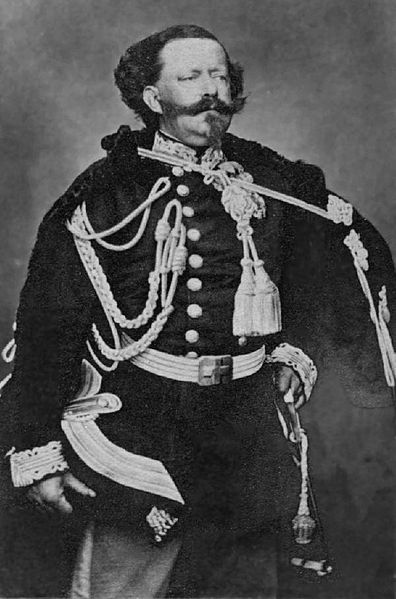
Revolution
In February 1848 a revolution broke out in France that had a knock on effect across Europe. Protests spread to Austria in March, with uprisings against Austrian rule breaking out in Milan, Lombardy, and in Venice. Taking advantage of Austrian weakness, King Charles Albert of Piedmont declared war on Austria to evict it from Lombardy, and Venice declared its independence.
The Austrian Marshall, Josef Radetzky, withdrew his troops from Milan to the Quadrilateral: the fortress towns of Verona, Mantua, Peschiera and Legnano. The Piedmontese army besieged and took Peschiera then set out to occupy the hill town of Custoza. But they were faced and defeated by Radetzky in July 1848. He then went on to re-occupy Milan and drive the Piedmontese out of Lombardy. A truce was declared but when war broke out once more in March 1849, the Austrian forces again inflicted a defeat on the Piedmontese, at Novara, and ended the independence of Venice after a siege in August. A brief revolt in Florence was also crushed by Austrian troops. All hopes of driving the Austrians out of northern Italy were now lost, causing Charles Albert to abdicate in favour of his son, Victor Emmanuel II. To the south, Italian nationalists declared a republic in Rome in February 1849 and drove out Pope Pius IX. In response, the King of Naples and the new French president, Louis Napoleon sent troops to reinstate him. The Romans, helped by the arrival of the celebrated Italian nationalist Giuseppe Garibaldi, from South America, defended the city but by the night of the 30th June the French had crushed the new republic.
An Italian Patriot
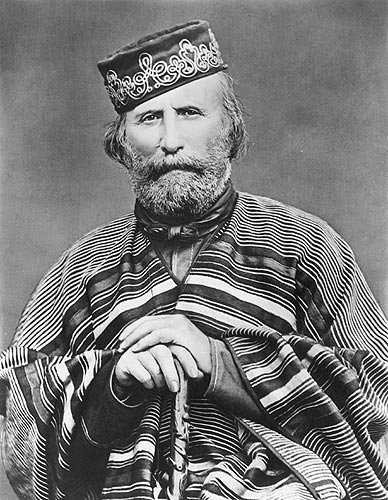
Giuseppe Garibaldi: 1807-1882
A 19th century revolutionary, Garibaldi's military daring and fervent support for Italian nationalism inspired people the world over. Fleeing Piedmont after an unsuccessful uprising in Genoa in 1834, he spent 14 years fighting guerrilla wars in South America. He returned to Europe in 1848 and played a major role in the defence of the Roman Republic. After another exile he returned to Europe, commanding the Piedmontese troops against the Austrians in 1859 and then leading his Redshirts to conquer Sicily and Naples in 1860-61. Having given up his conquests to the King of Piedmont, he continued to fight for Italian unity..
The Horrors Of War
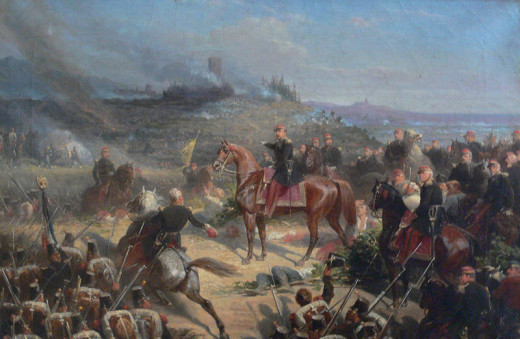
Second Italian War For Unity
Nationalist hopes for Italian unity seemed doomed. The only product of the recent upheavals was the granting of a liberal constitution of Piedmont. Yet events soon favoured the Italians. In 1859 the Piedmontese prime minister, Count Cavour, signed a secret treaty with Emperor Napoleon III, to gain his support against Austria. The Austrians were then manipulated into declaring war on Piedmont, prompting the French to intervene. This they did in style, swiftly moving 130,000 men and the same number of horses to the war zone by train- the first mass military movement by rail in history. The two sides met at Magenta in Lombardy on the 4th June. A small French contingent attacked across a canal from the west, while a larger force under General MacMahon attacked from the north. Their progress was slow, however, allowing the far greater Austrian force to hold the French at the canal. MacMahon's troops eventually entered the town in the late afternoon, expelling the Austrians in house-to-house fighting. Austrian forces retreated eastwards, losing control of Milan, but on the 24th June French forces unexpectedly caught up with them at Solferino. The ensuing battle was chaotic and bloody. Both sides used rifle muskets firing Minie bullets, but the 400 French cannon proved more effective than the Austrian smoothbore artillery. The Austrians were eventually dislodged, largely thanks to the skills of the French zouave infantry and foreign legionaries. Horrified by the carnage, Napoleon III hastily made peace with Austria. Piedmont gained Lombardy from Austria while losing some of its French speaking areas to France in return for its help. Austria lost control of three central Italian duchies, which voted for union with Piedmont.
The partial union of northern Italy prompted change in the south. In May 1860 Giuseppe Garibaldi and around 1000 of his Redshirts sailed from Genoa in Piedmont to Sicily, ruled jointly with the rest of southern Italy by Francis II. Marching inland, where volunteers flocked to his cause, Garibaldi defeated a Neapolitan army at Calatafimi and occupied Palermo. Under the gaze of the British Royal Navy, Garibaldi crossed to the mainland in August. He took Naples with barely a fight, defeated the Neapolitans again at Volturno in October, and then joined up with a Piedmontese army marching south to besiege the rest of the Neapolitan army at Gaeta, which surrendered in February 1861. In March Victor Emmanuel II became King of Italy, although the new kingdom still lacked Venetia and the Papal States surrounding Rome.
Venice And Rome
In a further attempt at unification, Italy joined Prussia in the war against Austria in June 1866 and invaded Venetia. The two armies met at Custoza where the Austrians were victorious, as they were at Lissa. But as Prussia won the war, Venetia was ceded to Italy in August 1866.
The Franco-Prussian War enabled Italy to seize Rome when the French legion protecting the pope was withdrawn in 1870. Italian troops occupied the Papal States and entered Rome, which became the new capital.
History Of The International Red Cross
Aftermath
After its unification, the new Kingdom of Italy continued to expand, adding Italian speaking Austrian territory to its domain.
Further Italian-speaking Austrian territory in the Alps was obtained in 1919 after Austria's defeat in World War I. South Tyrol, Trieste, and Istria were ceded to Italy under the terms of the Treaty of St. Germain, and the Lateran Treaty of 1929 set up Vatican City as an independent state.
After the battle of Solferino, Swiss humanitarian, Henri Dunant, was horrified to see the wounded lying untended all over the battlefield. His proposals to help war victims led to the establishment of the International Red Cross in 1863 and the signing by 12 nations in 1864 of the Geneva Convention concerning the treatment of the wounded and the protection of medical personnel.
© 2014 James Kenny

